Research
Completed Funded Projects
Defending the Nation's Digital Frontier: Cybersecurity Training for Tomorrow's Officers
 A research opportunity for attracting young ROTC engineers and scientists to serve in cybersecurity and cyber-systems commands (Cyber) is proposed. Our approach develops paid, research-based instruction for ROTC students through the existing Michigan Tech Strategic Education through Naval Systems Experiences (SENSE) program. ROTC students will receive one academic year of instruction in 4 Cyber domains: cybersecurity, machine learning and artificial intelligence (ML/AI), data science, and remote sensing systems. The cohort-based program will enrich student learning through deep shared research experiences starting in the 2020-2021 academic year.
A research opportunity for attracting young ROTC engineers and scientists to serve in cybersecurity and cyber-systems commands (Cyber) is proposed. Our approach develops paid, research-based instruction for ROTC students through the existing Michigan Tech Strategic Education through Naval Systems Experiences (SENSE) program. ROTC students will receive one academic year of instruction in 4 Cyber domains: cybersecurity, machine learning and artificial intelligence (ML/AI), data science, and remote sensing systems. The cohort-based program will enrich student learning through deep shared research experiences starting in the 2020-2021 academic year.
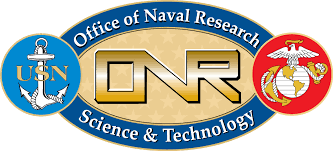
Funded by: Office of Naval Research
A Controls Approach to Improve How Society Interacts with Electricity
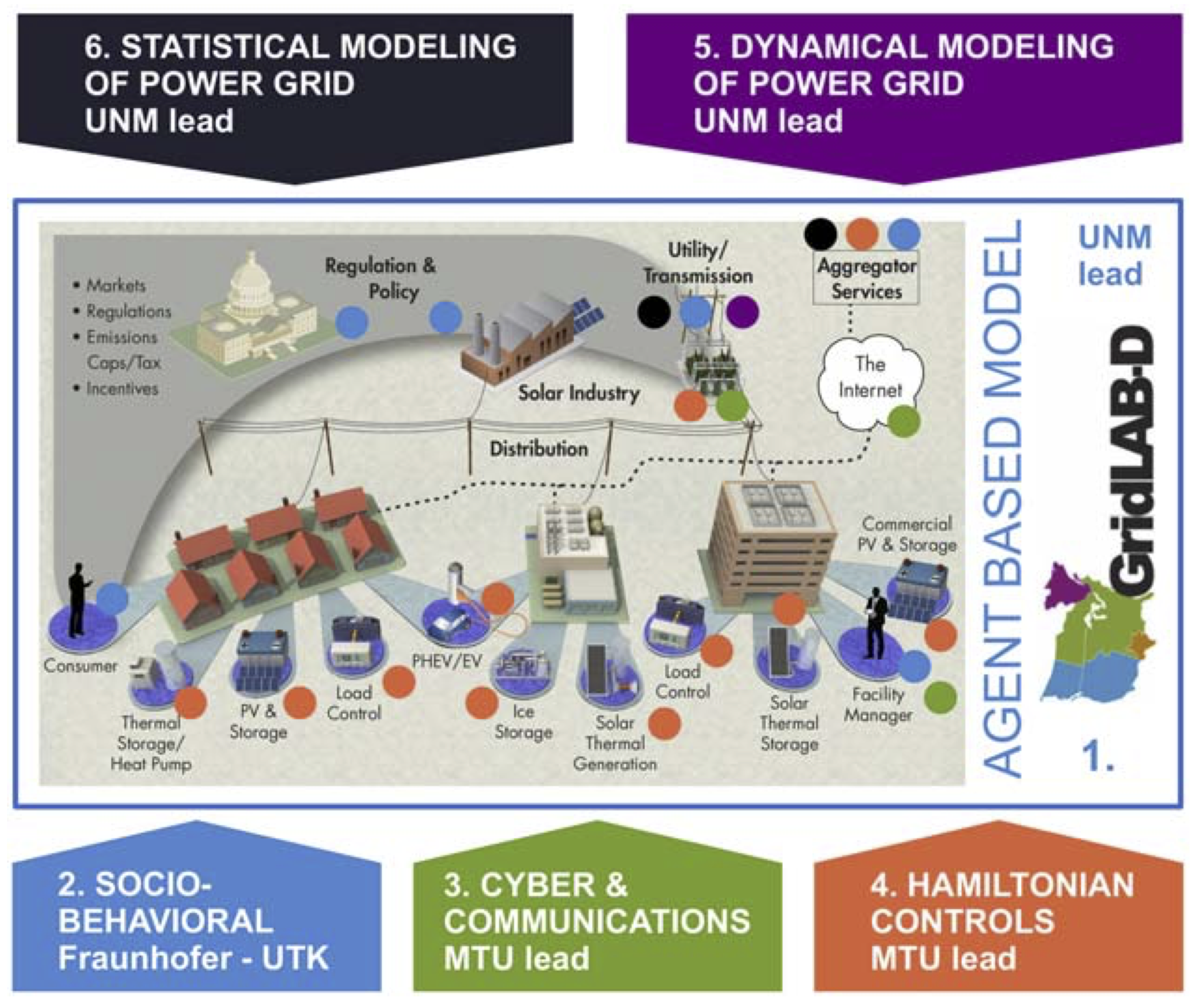 This CRISP project addresses the rapid evolution of the electricity grid, from one based on few centralized generators providing power to millions of users to one where many distributed energy resources, such as small rooftop photovoltaic systems and electric cars but also thermostats and ventilation systems, play a vital role in the management of energy flows. The keystone of this research is the transformation of power distribution feeders, from relatively passive channels that deliver electricity from the transmission grid to customers, to distribution microgrids, highly intelligent entities that actively manage production, storage and use of electricity. The project studies how the telecommunications infrastructure delivers information to human and artificial stakeholders to enable rational decision-making on various aspects of energy utilization.
This CRISP project addresses the rapid evolution of the electricity grid, from one based on few centralized generators providing power to millions of users to one where many distributed energy resources, such as small rooftop photovoltaic systems and electric cars but also thermostats and ventilation systems, play a vital role in the management of energy flows. The keystone of this research is the transformation of power distribution feeders, from relatively passive channels that deliver electricity from the transmission grid to customers, to distribution microgrids, highly intelligent entities that actively manage production, storage and use of electricity. The project studies how the telecommunications infrastructure delivers information to human and artificial stakeholders to enable rational decision-making on various aspects of energy utilization.
Funded by: National Science Foundation
Award #: 1541000
Project Center: Center for Agile and Interconnected Microgrids
Collaboration with:
- University of New Mexico
- Texas Tech University
- University of Tennessee Knoxville
- Fraunhofer USA Center for Sustainable Energy Systems
Microdevice for Rapid Blood Typing without Reagents and Hematocrit Determination
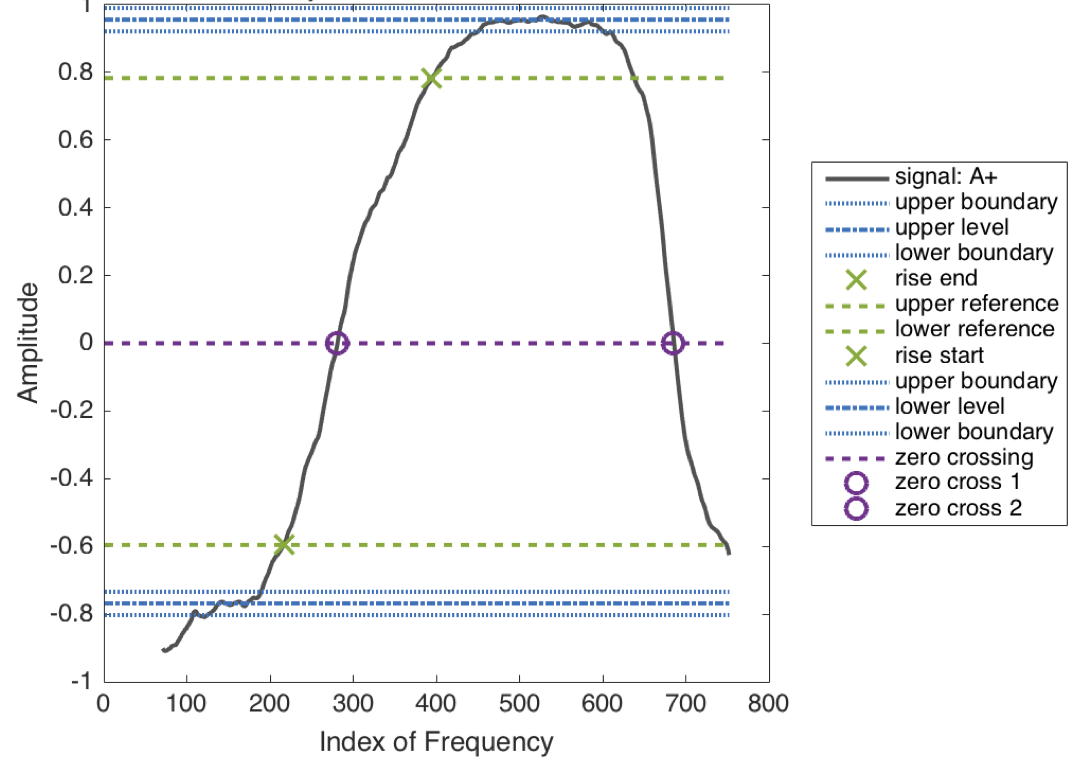 The broader impact/commercial potential of this Small Business Technology Transfer (STTR) Phase II project is the development of a portable, low cost blood typing and anemia screening device for use in blood donation centers, hospitals, humanitarian efforts and the military. This helps society because every two seconds in United States someone needs blood, yet less than 4% of Americans donate blood. Unfortunately, 15-20% of blood collected is wasted due to over collection of unneeded blood types and related blood type logistics. 12 million units of blood are collected annually in US with 108 million units worldwide. U.S. blood centers are under significant economic pressures to reduce per unit blood costs and thus waste reduction tools and strategies are in demand. Blood unit costs approach $200 per pint of blood, so this device provides the ability to pre-screen donors by blood type and selectively direct the donation process (i.e. plasma, red cells) to reduce blood product waste and better match supply with hospital demand. This portable technology could also be translated to remote geographical locations for disaster relief applications. The potential economic savings has the potential to be $400M and will contribute to reducing the overall cost of U.S. health care.
The broader impact/commercial potential of this Small Business Technology Transfer (STTR) Phase II project is the development of a portable, low cost blood typing and anemia screening device for use in blood donation centers, hospitals, humanitarian efforts and the military. This helps society because every two seconds in United States someone needs blood, yet less than 4% of Americans donate blood. Unfortunately, 15-20% of blood collected is wasted due to over collection of unneeded blood types and related blood type logistics. 12 million units of blood are collected annually in US with 108 million units worldwide. U.S. blood centers are under significant economic pressures to reduce per unit blood costs and thus waste reduction tools and strategies are in demand. Blood unit costs approach $200 per pint of blood, so this device provides the ability to pre-screen donors by blood type and selectively direct the donation process (i.e. plasma, red cells) to reduce blood product waste and better match supply with hospital demand. This portable technology could also be translated to remote geographical locations for disaster relief applications. The potential economic savings has the potential to be $400M and will contribute to reducing the overall cost of U.S. health care.
Funded by: National Science Foundation
Award #: 1632678
Adaptive Memory Resource Management in a Data Center - A Transfer Learning Approach
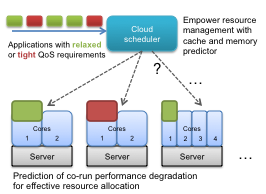 This project is focused on the management of memory resources in a data center. The project has four main tasks: an investigation on the use of transfer learning within resource management problems, the development of cache predictor using in-situ virtual machine measurements, the creation of a memory predictor using runtime characteristics of a virtual machine, and the development of a resource management scheme.
This project is focused on the management of memory resources in a data center. The project has four main tasks: an investigation on the use of transfer learning within resource management problems, the development of cache predictor using in-situ virtual machine measurements, the creation of a memory predictor using runtime characteristics of a virtual machine, and the development of a resource management scheme.
Funded by: National Science Foundation
Award #: 1422342
Collaboration with: Western Michigan University
Distributed Agent-Based Management of Agile Microgrids
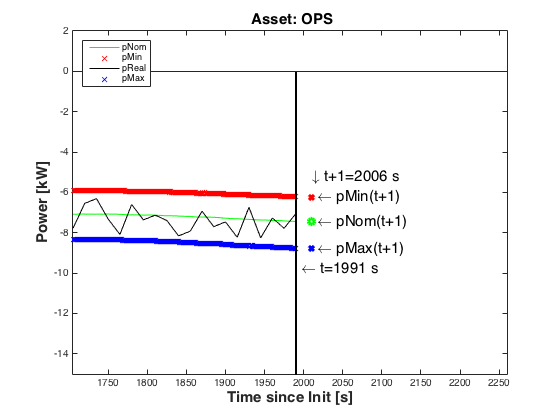
The project aims to investigate the creation and control of a microgrid with the following properties: services diverse loads, employs distributed generation with renewable resources, and requires on-line control and optimization to maintain stability and power flow. This project researches a microgrid that should be both agile and autonomous, accommodating rapid changes in generation and load resources with minimal intervention on the part of human operators. The control architecture uses a hierarchical approach. The control strategy relies on multi-agent systems using artificial intelligence and machine learning techniques.
Funded by: US Army Research Laboratory
Project Center: Center for Agile and Interconnected Microgrids
